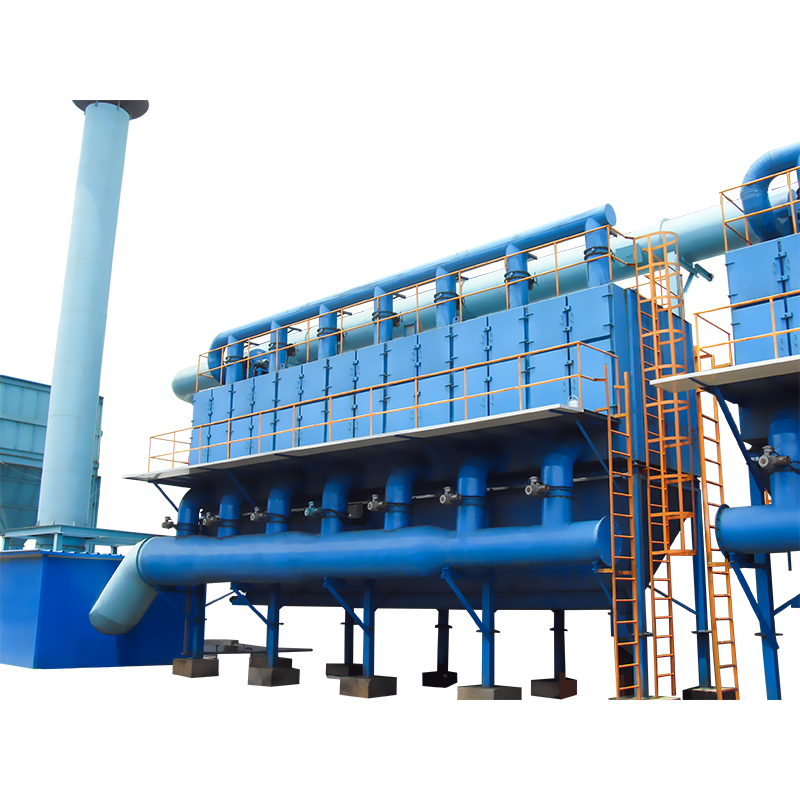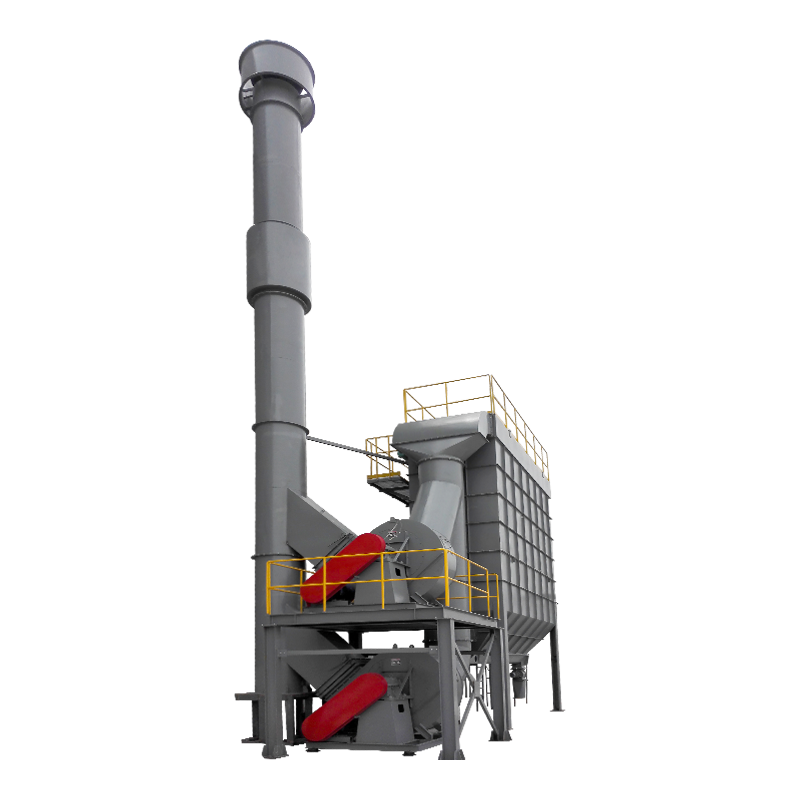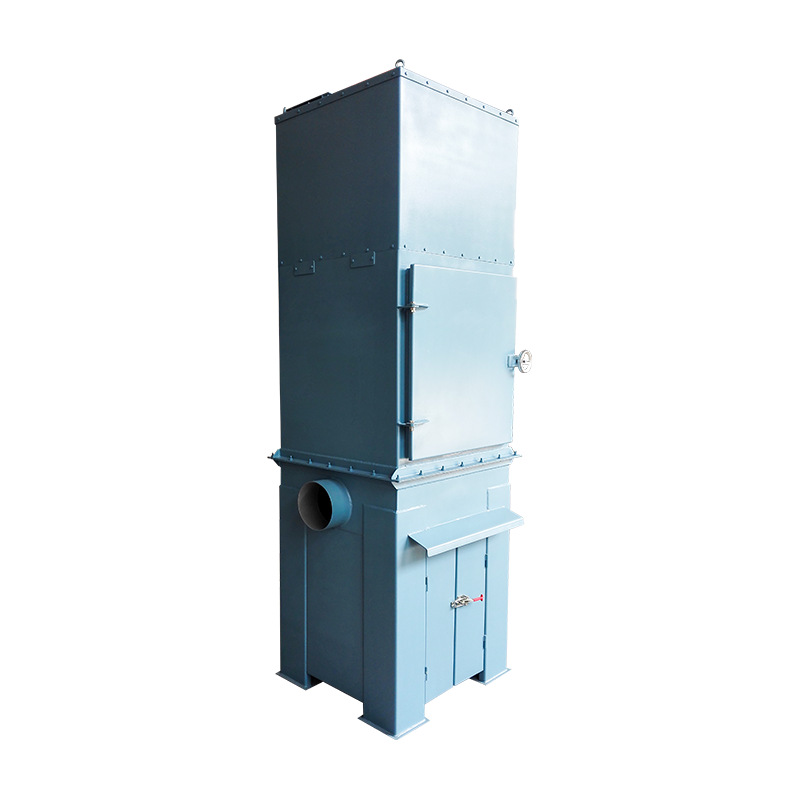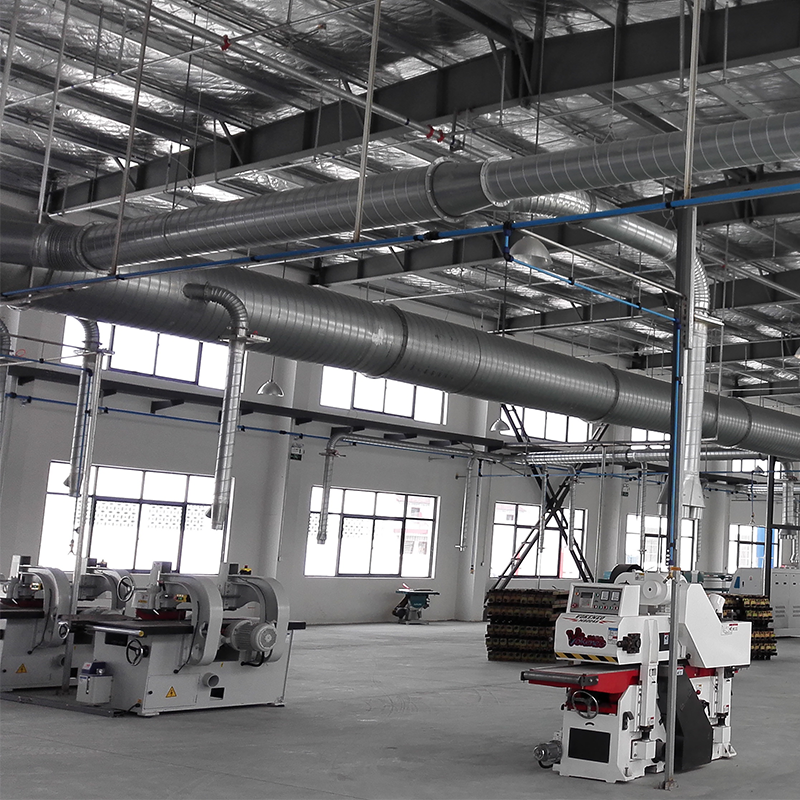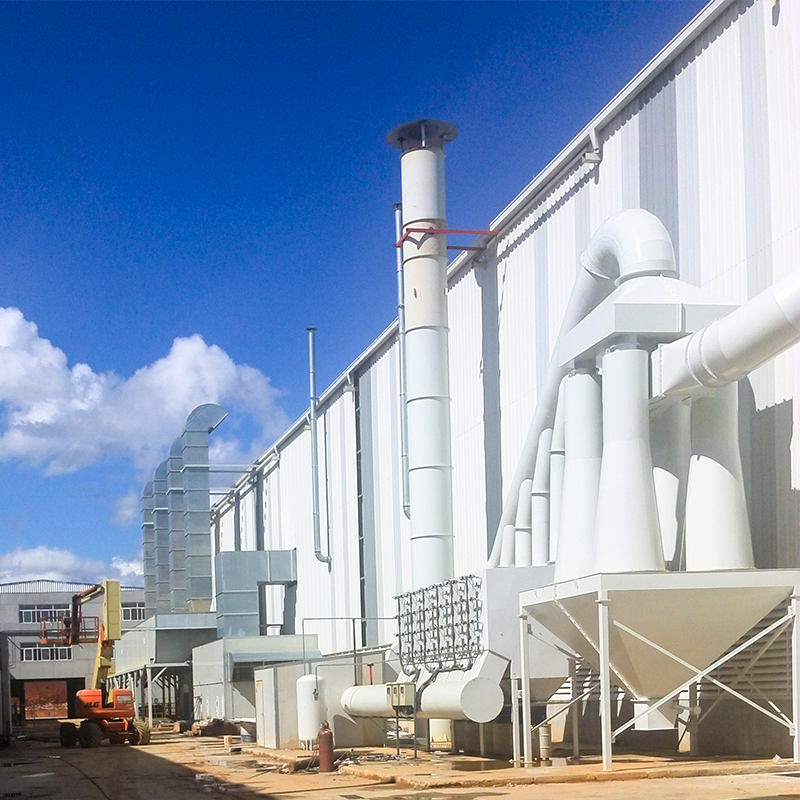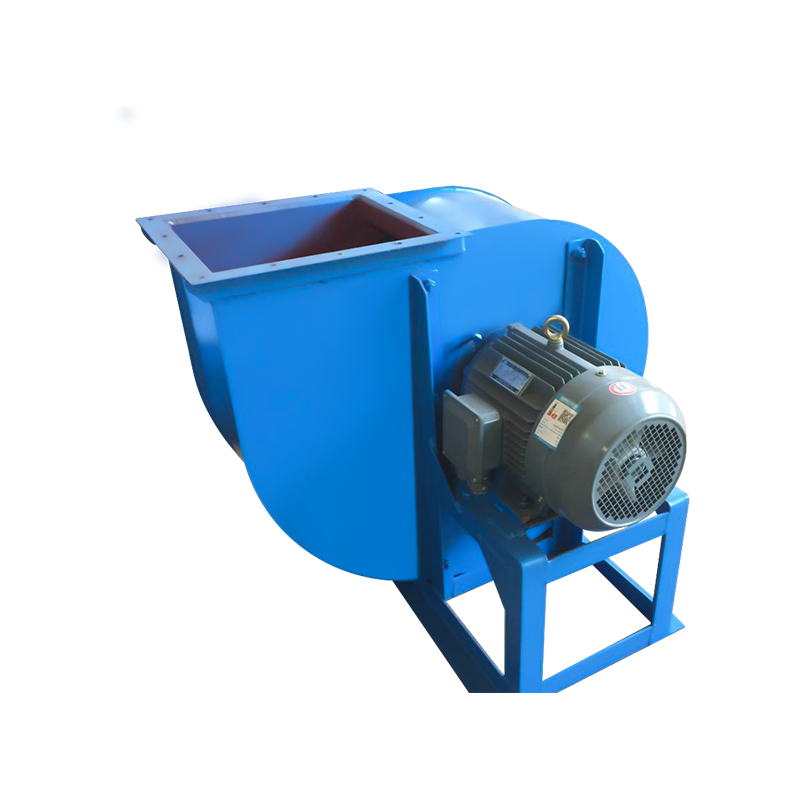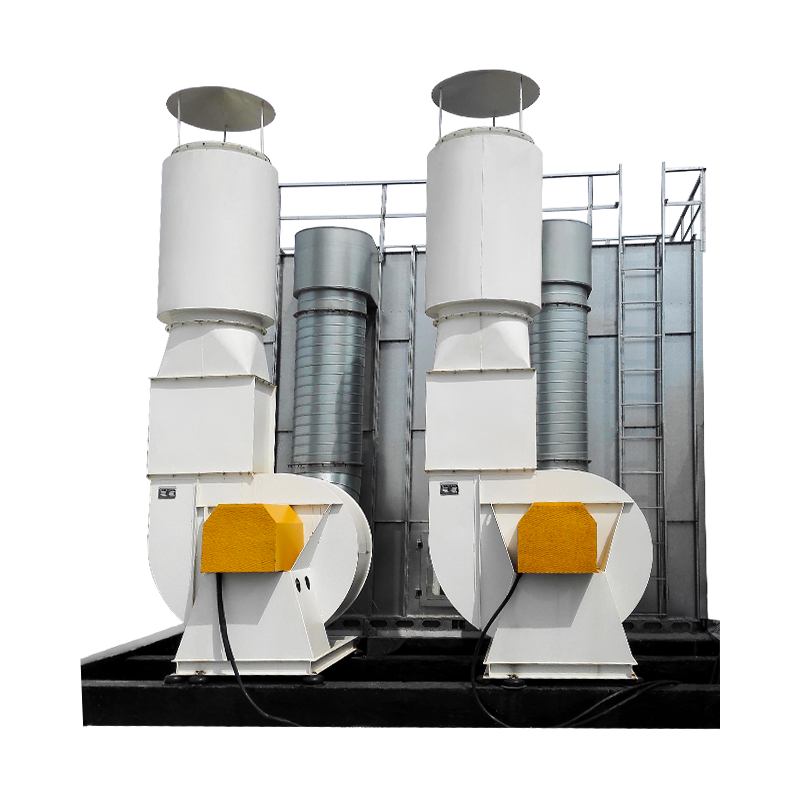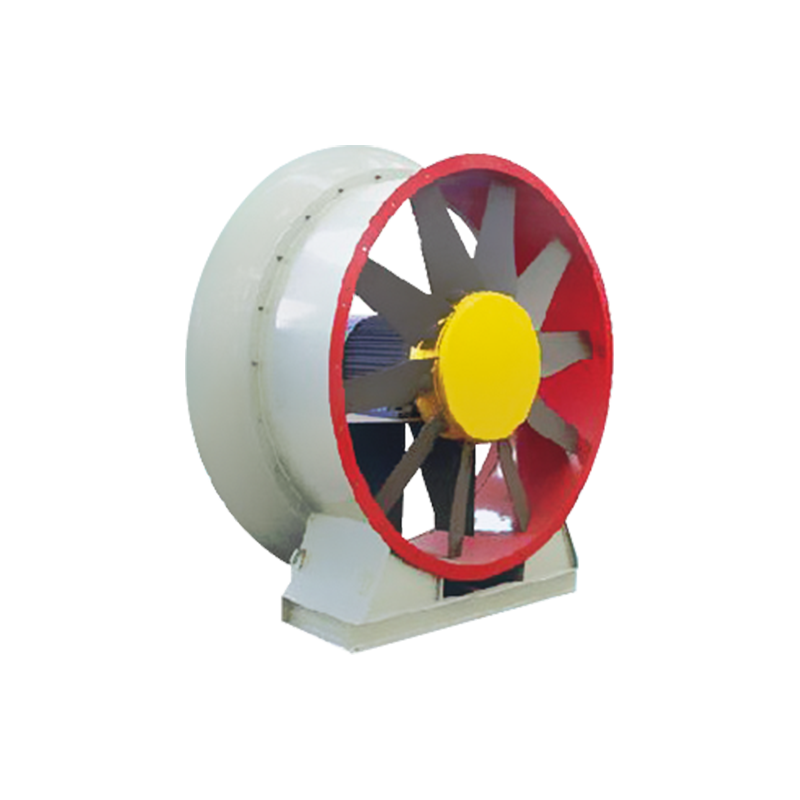In modern industrial environments, dust control has become an important guarantee for environmental protection and stable operation of equipment. As one of the current mainstream high-efficiency dry dust removal equipment, Industrail Pulse Jet Blowing Bag Dust Collector is widely used in metallurgy, chemical industry, cement, electricity, mechanical processing, grain processing and other industries with its compact structure, high filtration efficiency and thorough dust cleaning.
1. Analysis of the working principle of Industrail Pulse Jet Blowing Bag Dust Collector
The core principle of the Pulse Jet bag dust collector is: using compressed air to spray instantly to form a strong reverse airflow, so that the dust on the surface of the filter bag is quickly peeled off and falls into the ash hopper, thereby achieving the purpose of dust cleaning.
The specific process is as follows:
After the dust-laden gas enters the box, the larger particles directly fall into the ash hopper due to gravity;
The fine dust is blocked by the filter material on the outer surface of the filter bag;
The airflow in the filter bag is filtered and purified and then discharged from the clean air chamber;
After the system set time or the pressure difference reaches the critical value, the electromagnetic pulse valve opens instantly, and high-pressure air (0.5~0.7MPa) is quickly released from the injection pipe to form a strong shock wave;
The filter bag expands rapidly, and the dust attached to the outside is shaken off, thereby restoring the filtration efficiency.
This cleaning method is not only efficient, but also does not cause fatigue damage to the filter bag, effectively extending the life of the filter bag.

2. Main structural components and detailed explanation of functions
Industrail Pulse Jet Blowing Bag Dust Collector consists of multiple functional units, and the design of each part is related to the operating efficiency of the whole machine:
1. Bag filter assembly
Usually made of high-performance materials such as polyester needle felt, glass fiber coating, PPS, etc.;
Filter bags are divided into cylindrical and flat bag types and installed on the flower plate.
2. Blowing system (Pulse System)
Including pulse valve, solenoid valve, controller and blowing pipe;
Automatically control the blowing frequency through timing or pressure difference.
3. Air box and box body
Divided into air intake chamber, filter chamber, and clean air chamber;
Material is mostly carbon steel or stainless steel, and insulation and anti-corrosion layers can be selected as needed.
4. Ash hopper and ash unloading device
Usually equipped with star-shaped unloader or screw conveyor;
Realize continuous ash discharge to prevent ash accumulation and blockage.
3. Advantages and characteristics of Pulse Jet bag dust collector
Pulse Jet dust removal technology is highly favored in industrial applications, mainly due to the following points:
Excellent cleaning effect: high-energy jetting cleans thoroughly, suitable for high-concentration dust;
Strong continuous working ability: no need to stop for cleaning, supporting long-term operation;
Compact structure and small footprint: smaller in size than traditional mechanical vibration dust collectors;
Low maintenance cost: high degree of automation, only regular inspection of filter bags and solenoid valves is required on a daily basis;
Wide range of application: can handle everything from fine dust to high-temperature corrosive gases
4. Applicable industries and typical application scenarios
Pulse Jet bag dust collector is suitable for a variety of industrial dust control, and its wide application is mainly reflected in the following aspects:
Cement industry: cement kiln head/kiln tail, mill dust collection;
Steel industry: steelmaking, sintering, coking flue gas treatment;
Chemical industry: reactor, spray drying tower tail gas treatment;
Grain processing: grain loading and unloading, crushing, packaging dust control;
Woodworking industry: sawdust, sanding dust treatment, etc.
5. Selection Guide: How to choose a suitable Pulse Jet bag dust collector?
When selecting equipment, it should be reasonably configured according to the following key parameters:
Processing air volume: determines the size of the equipment and the number of filter bags;
Dust concentration and particle size: affects the selection of filter materials and the frequency of cleaning;
Dust-containing gas temperature and humidity: determines whether high temperature and corrosion-resistant filter bags are required;
Installation space and layout: compact or compartmentalized structure is customized according to site conditions;
Automation requirements: whether PLC remote control, pressure difference automatic cleaning system, etc. are required.
VI. Maintenance and common fault troubleshooting
Although the Pulse Jet bag dust collector has a high degree of automation, daily maintenance cannot be ignored:
Regularly replace filter bags: clogging or damage of filter bags will directly affect the filtering effect;
Check the injection system: solenoid valves and pulse valves may cause cleaning failure if they do not work well;
Regular cleaning of ash hoppers: prevent secondary dust and blockage;
Pressure difference monitoring: judge the filter bag status and cleaning efficiency by pressure difference changes.
Common faults include pulse valve failure, filter bag damage, ash discharge system jamming, etc. Timely maintenance can effectively extend the service life of the whole machine.
In today's "dual carbon" background and increasingly stringent environmental regulations, Industrail Pulse Jet Blowing Bag Dust Collector is becoming the standard equipment for clean production in various industries with its efficient, stable and intelligent dust removal performance. Choosing a Pulse Jet dust removal equipment suitable for your own working conditions can not only improve the quality of the production environment, but also significantly reduce emission risks and maintenance costs, helping enterprises achieve green, efficient and sustainable development.

 English
English Español
Español عربى
عربى
